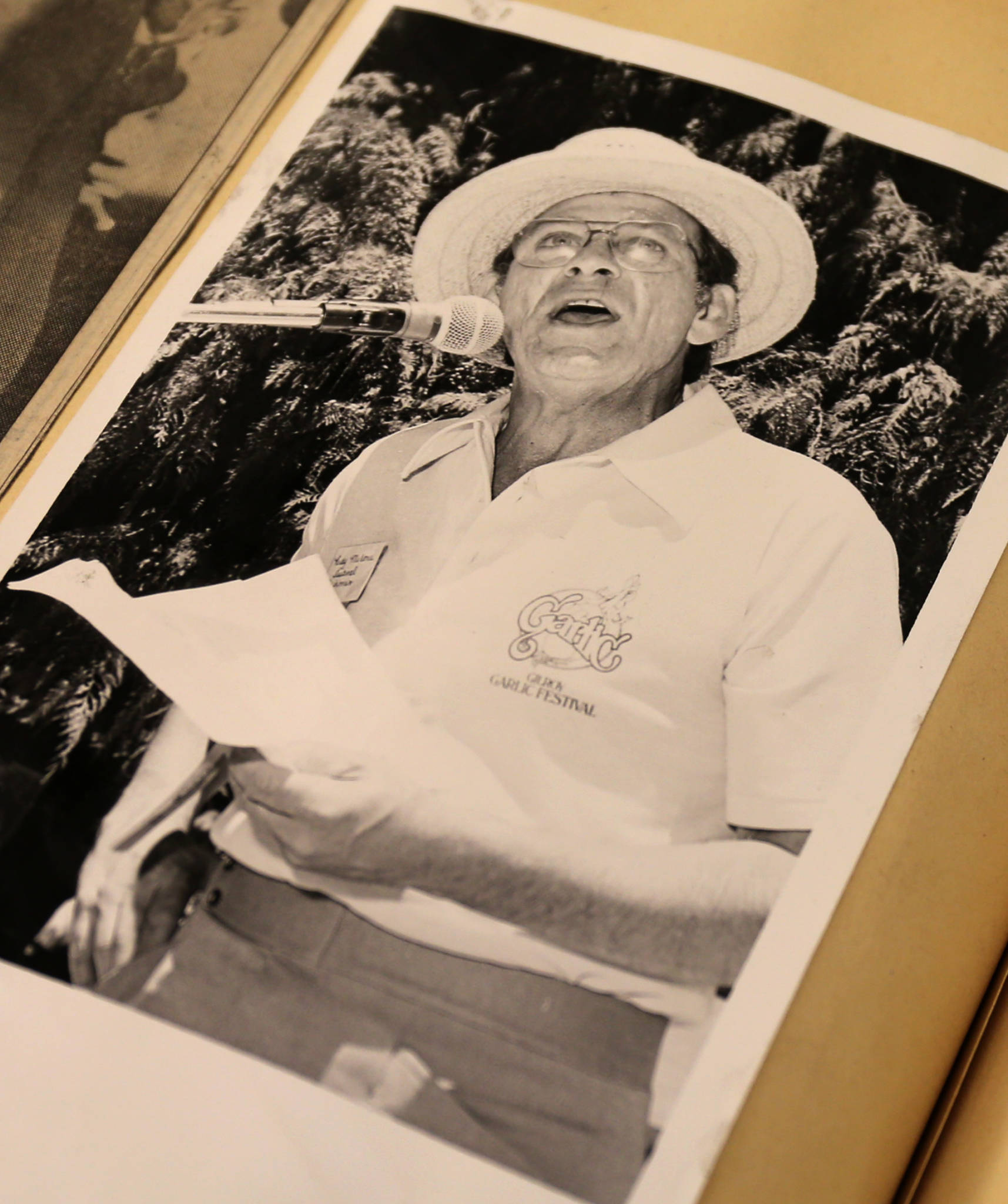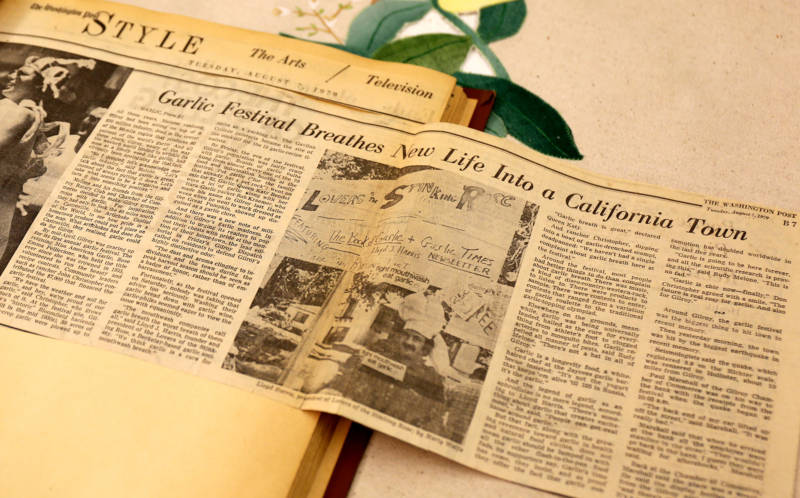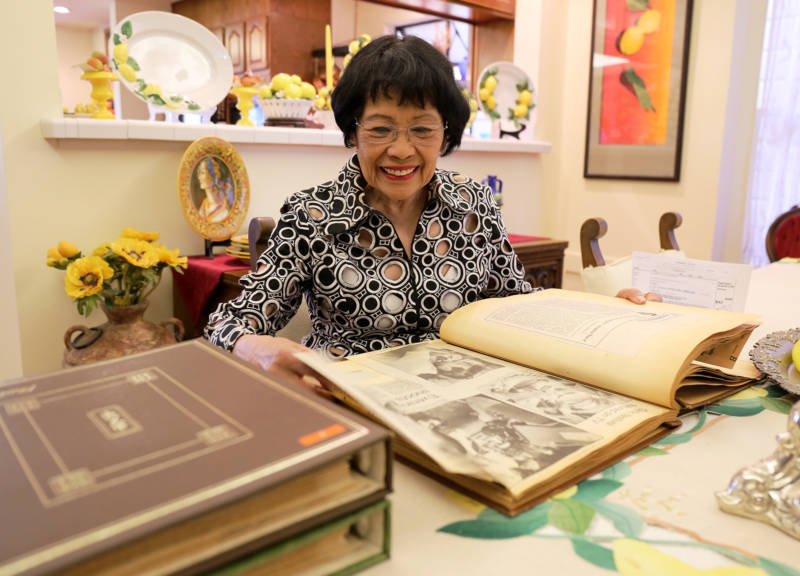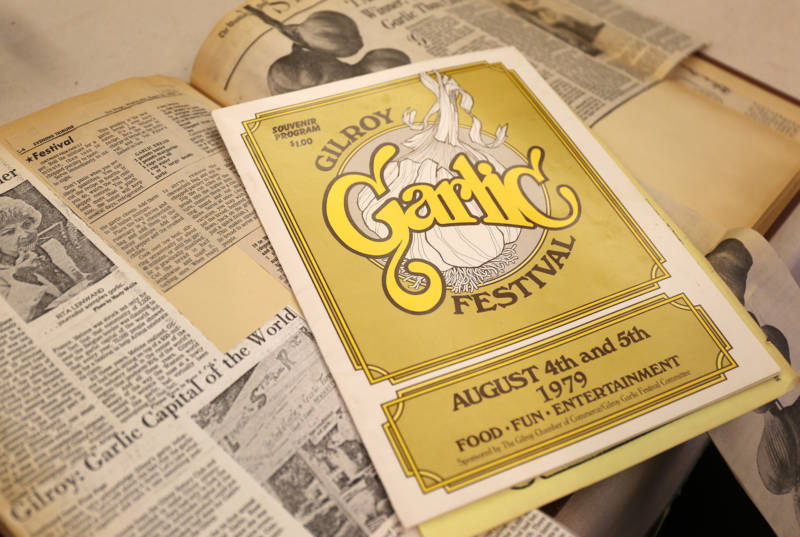Much of the world's garlic is now grown in the Central Valley and China, but four decades ago, when the Gilroy Garlic Festival started, this town south of San Jose was second to none in production of the pungent bulb.
"At that time, Gilroy and its surrounding areas produced the most garlic in the United States," said Gloria Melone, the widow of the festival's founder, Dr. Rudy Melone.

Her late husband, who died in 1998, was then president of a local community college, and had been looking for a way to raise funds for Gilroy's schools, churches and nonprofits, she said.
"In 1979, he read an article in the San Francisco Chronicle about a place in France called Arleux that had a good garlic festival, and they had 5,000 people show up and they called themselves the garlic capital of the world," said Gloria, who is 83. "When Rudy read that, he said, 'Well how could they call themselves garlic capital of the world?' "
Rudy floated the event idea to his local Rotary Club, and that summer, with the help of local farmers, he organized what was expected to be a small food festival held on the edge of a garlic field. Thousands of people from the surrounding area attended.
“It was just unbelievable. The food was fabulous," recalled Donna Pray, a longtime Gilroy resident and executive director of the Gilroy Foundation. There were so many more people than expected, she said, that the organizers had to reuse tickets.
Fast forward four decades: The three-day annual festival, run by a nonprofit, eventually relocated to a large park in town and today attracts nearly 100,000 people every year.

Visitors from around the state — and the country — come to sample a plethora of garlic-laced food — ice cream included — on display in an outdoor food hall called Gourmet Alley. The event also includes a lineup of live performances and numerous other attractions.
The festival is staffed by some 4,000 volunteers, each of whom are paid an hourly "stipend" that they give to the charity of their choice. Since it started, the festival has raised nearly $12 million for local causes, according to organizers.
It's safe to say that Rudy could never have imagined the scene of terror that unfolded Sunday evening in the final moments of this year's festival, when a lone shooter opened fire on the crowd, killing two children and a young man, and wounding at least 12 others.


